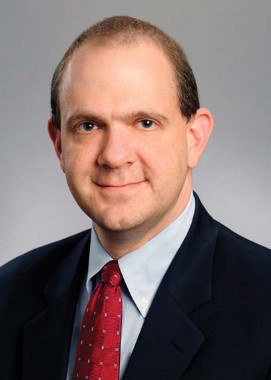Continuous positive airway pressure (CPAP) has long been considered the gold standard treatment for OSA. Recently, a variety of new treatment approaches have become available for mild and moderate OSA, including nasal resistance valves, nerve stimulators, and negative pressure devices. Nonetheless, CPAP remains unmatched in efficacy, as well as the frequency and severity of side effects associated with treatment. The main drawback of CPAP is the required use of a mask interface and pressurized air during sleep, which is uncomfortable for some patients.
This article will highlight recent work investigating issues associated with equipment choice for practitioners treating OSA patients with CPAP and discuss how proper equipment choices and educational programs can reduce common complaints associated with CPAP use.
Mask choice
Finding a suitable mask interface is one of the most critical aspects of achieving adequate treatment compliance. The four general styles to choose from are oronasal (full-mask), standard nasal (over the nose), nasal pillows (in the nose), and the rarely-used oral.
Most clinicians choose an initial mask after CPAP titration based on a combination of patient feedback and air leakage rates but may change the mask style after home implementation in order to improve patient tolerance. Unfortunately, many clinicians are unaware that CPAP levels may need to be adjusted after changing masks. Two studies have shown that oronasal masks require significantly more pressure to ensure adequate OSA treatment during CPAP titration compared with standard nasal and nasal pillows masks (Ebben et al. Sleep Med. 2012;13[6]:645; Borel et al. PLoS ONE. 2013;8[5]:e64382).
In a separate study in which nasal masks were replaced with oronasal masks, the apnea-hypopnea index (AHI) increased to greater than 10 events per hour in half of patients who had been previously titrated to less than five per hour with the nasal mask (Ebben et al. Sleep Med. 2014;15[6]:619). Caution should be used when making a mask change to ensure that adequate disease control is maintained.
Humidification
In the past few years, humidification has been routinely added to most CPAP machines in order to improve comfort. The benefit appears to come from a reduction in dryness related to regular CPAP use (Ruhle et al. Sleep Breath. 2011;15[3]:479). Some patients report that humidification is particularly helpful in the winter months, when indoor humidity is low. Heated humidification has been found to produce significantly more humidity and causes less insensible water loss from the respiratory tract compared with unheated units (Randerath et al. Eur J Respir. 2002;20[1]:183). Unfortunately, the humidifier significantly increases the size and weight of the treatment machine, though it can be removed for travel if desired. In addition, the humidifier requires additional maintenance; if not cleaned regularly, there is a risk of bacterial colonization of the humidification chamber (Chin et al. J Clin Sleep Med. 2013; 9[8]:747).
In some instances, patients may complain of excess water condensation in the hose, particularly in the presence of a cool sleeping environment. Some CPAP manufacturers now offer heated hoses, which can significantly reduce this condensation. A second option is to add an insulating hose cover to help maintain a higher internal temperature. Generally, these covers are a good choice if the cost of a heated hose is not covered by a patient’s insurance.
Pressure relief
A common complaint often heard from patients using CPAP is that the pressure feels too high, particularly when exhaling. In response, some equipment makers have developed pressure relief systems that allow an adjustable pressure drop during exhalation with standard CPAP units. These systems work by transiently reducing pressure during exhalation by a set amount, according to their proprietary algorithm (Dolan et al. Sleep and Breath. 2009;13:73). However, not all patients find this pressure relief effective at making CPAP easier to use. When tested empirically, pressure relief has not been consistently shown to improve CPAP compliance (Dolan et al. Sleep Breath. 2009;13[1]:73).
Compliance data monitoring
Many patients benefit from discussing and reviewing treatment efficacy at their follow-up visits. Most modern CPAP equipment allows for such data monitoring, that may include duration and specific times of machine use, leak rate, snoring periods, and residual respiratory events, subdivided into hypopneas and apneas. In some cases, the software can distinguish between central ("clear airway") and obstructive events using forced oscillation techniques to measure upper airway resistance. This information allows the clinician to adjust settings and ensure that treatment is optimized and used as prescribed.
Clinicians should familiarize themselves with the different reporting systems that provide these data, and train their office staff on using software to capture information for all CPAP users. Notably, the algorithms used to capture residual respiratory events are not completely accurate; identification of such events is based only on measures of flow.




